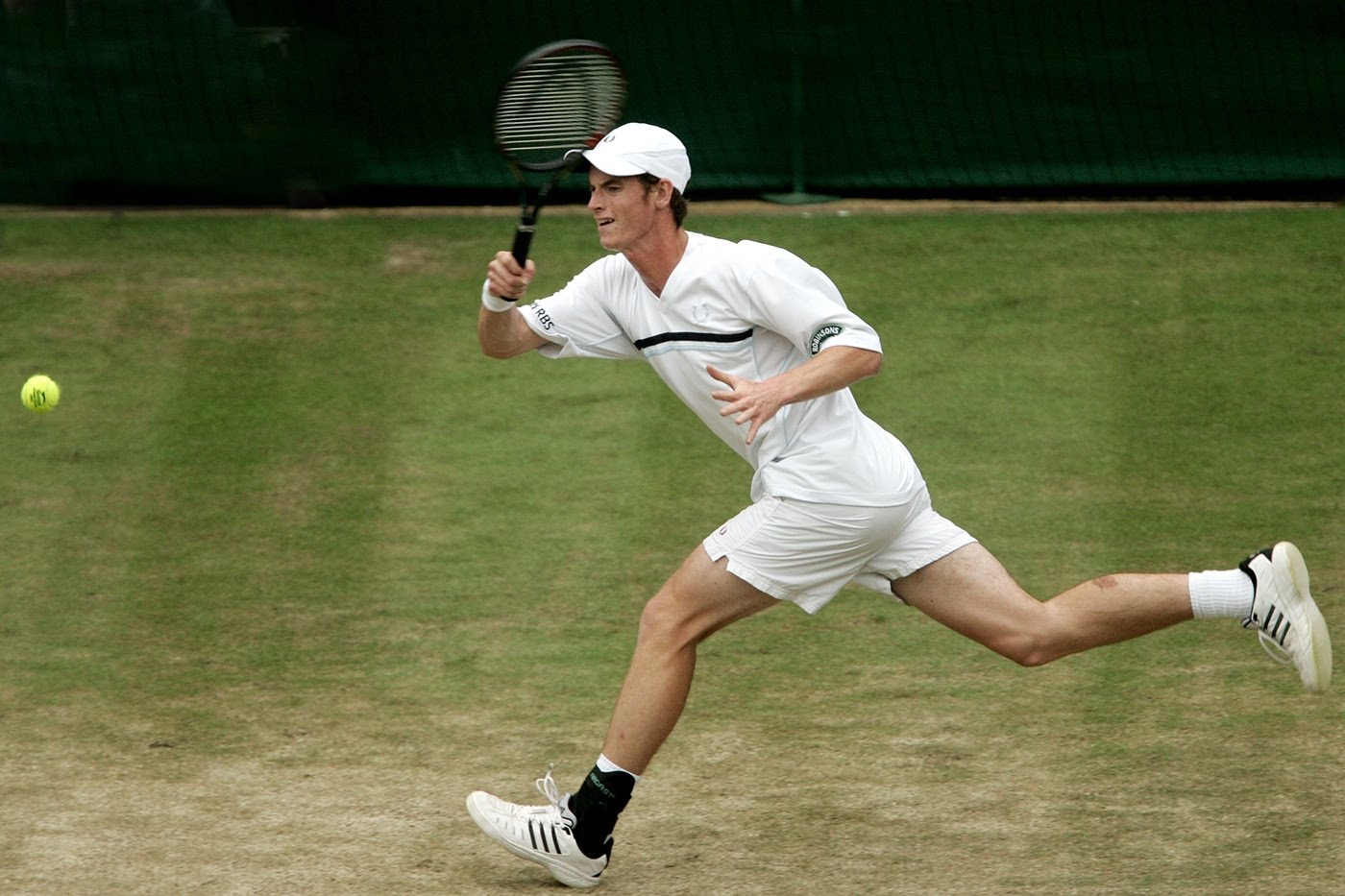Once upon a time – 20 years ago, to be precise – a fresh-faced young Briton made his Wimbledon debut.
How curious now to recall that Andy Murray, then one month past his 18th birthday and ranked No.312, was so unfamiliar to many at the time that BBC front man John Inverdale helpfully introduced him to viewers as “the man who would be Tim”, reassuring those watching that for British tennis “there is life after Henman”.
These were the ancient days when Murray’s name was sufficiently new to the wider public that some still referred to him as “Andrew”. (Imagine a world in which the courtside cry in all those thrillers over subsequent years would be “come on, Andrew!” rather than “come on, Andy!” Too strange. All wrong.)
Meanwhile, in Murray’s first Wimbledon post-match press conference, an American journalist exclaimed enthusiastically over this little-known “English” player’s ability, and was still waxing lyrical in the formation of his somewhat long question when Murray interjected reasonably: “Scottish.”
That was on the afternoon of Tuesday 21 June, just hours after the novice walked out on to the old No.2 Court (now the site of No.3) for his first joust on the hallowed lawns hereabouts.
Despite his youth, there was already a buzz about the reigning US Open boys’ champion. He had proved himself more than worthy of a wild card at Queen’s in the run-up to The Championships by reaching the third round, before a right ankle injury stopped him. Cue a flurry of excited media reports in anticipation of SW19, complete with obligatory photographs of Murray eating strawberries beneath a Wimbledon-branded umbrella.
The draw decreed that Murray’s inaugural All England Club opponent would be qualifier George Bastl, ranked 166 places higher. The experienced Swiss had carved his name in tennis history three years previously by bringing down the curtain on Pete Sampras’ Wimbledon career with a shock dismissal of the seven-time champion.
But this match was all about Murray, as his groundstrokes consistently outwitted Bastl. The sheer style of his victory prompted three-time Wimbledon champion John McEnroe to hail the Scot as “a major talent”, citing his self-belief, flair, intensity and desire.
That in itself would have been achievement aplenty for the debutant. Yet his second round straight sets dismantling of the No.14 seed, Radek Stepanek, sparked greater praise still. One report pronounced his No.1 Court success “laced with dash and daring, smiles, and a stream of stellar shots”. It was a classic baton-passing moment, as Tim Henman had succumbed to world No.152 Dmitry Tursunov earlier in the day.
In victory Murray declared his hope to play on the greatest stage of all in the third round. That wish was granted on Saturday 25 June, when Murray made his Centre Court debut in just his seventh Tour-level match, against 2002 runner-up David Nalbandian.
Watched by Sir Sean Connery and a galaxy of Olympic stars in the Royal Box, under leaden skies domestic hope shone bright for two sets. Nalbandian obliterated him in the third, while in the fourth momentum swung to and fro. Three times Murray had break point at 4-4, but cramp and exhaustion were setting in, and all came to nought.
On the greensward where the most storied chapters of the future world No.1’s career were destined to unfold, he tasted his first Wimbledon heartbreak.
But with his feats that week, he had announced himself in the global game. The future sporting legend was on his way.
